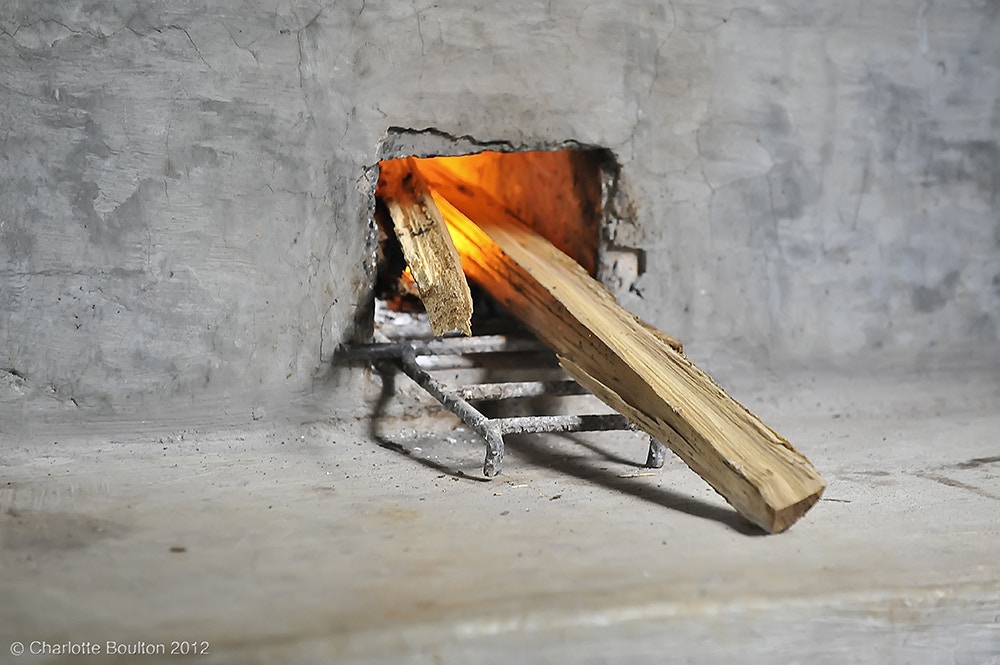Gold Standard is updating and introducing simplifications to the Technologies and Practices to Displace Decentralized Thermal Energy Consumption’s (TPDDTEC) methodology with the objective to reduce monitoring requirements and transaction costs for project developers, whilst maintaining the highest level of rigour associated with Gold Standard. The updates are being applied in a three-step process and reflect the latest developments/advancements made in the relevant sectors.
The aim of this methodology update is to enable carbon finance to continue to support the delivery of distributed energy to communities with the highest levels of integrity and impact.
STEP 1: Safe Water Supply:
As a first step, we held a consultation to update and review Annex 3 of the TPDDTEC methodology for safe water supply projects, culminating in the release of a new methodology for emission reductions from safe drinking water supply. This methodology was published 03 May 2021 and will come into effect on 02 August 2021.
Further guidance on the timelines and requirements for project developers currently applying Annex 3 of the TPDDTEC methodology can be found in this recent rule update.
STEP 2: Improved Cookstoves
The next step is to gain inputs from stakeholders on aspects of the methodology related to improved cookstoves, along with a new methodology to quantify emission reductions from metered cooking devices.
STEP 3: Household Biogas Digesters
The final (future) step will be to gather feedback on the methodology with regards to household biogas digesters. The methodology is currently being updated and will be published for consultation in the coming weeks.
We thank all those organisations and individuals that have contributed to the development of this methodology and/or to the development of previous Gold Standard methodologies from which this new methodology is partly built on.
________________________________________________________________
STEP 2: Improved Cookstoves
We are seeking inputs on the following two methodologies.
TECHNOLOGIES AND PRACTICES TO DISPLACE DECENTRALIZED THERMAL ENERGY CONSUMPTION to quantify emission reductions from improved cookstove project activities. The key updates made to the existing TPDDTEC methodology are as follows:
1. Methodology structure
All annexes of the existing methodology pertaining to distinct technology types are planned to be released as individual methodologies.
2. Methodology applicability
a) Double counting: Requirements have been updated to ensure that projects are able to demonstrate that their cooking devices are part of only one project activity. This is even more relevant as we move towards more robust reporting and accounting under the Paris regime.
b) Requirements introduced to ensure that the project devices are durable, the thermal efficiency is higher than 20% and that indoor air quality doesn’t deteriorate as a result of the project intervention.
3. Safeguards
- The methodology introduces requirements to align projects with host country regulatory frameworks for provision of thermal energy services.
- Clarification provided on already existing Gold Standard principle, that large scale projects are not eligible for Suppressed Demand when establishing the baseline.
- Projects will be required to demonstrate that end-users are provided access to similar/better replacement technologies at the end of the project technology’s lifetime.
4. Emission reduction calculation
- The existing emission reduction calculation approach is updated to simplify and provide clarity on quantification methods applicable to a wider range of applications. Default values, where available, have been provided for some of the input parameters and may be used to streamline the monitoring and verification process.
- Caps have been introduced for some of the input parameters to ensure that VVBs are able to cross-check project values and ensure that claims remain credible.
- Ex-ante factors are updated to align with the latest IPCC defaults.
- Simplified method to calculate ERs for small-scale projects has been introduced (see Annex 4).
5. Sampling
- Requirements for cross-VPA sampling have been added.
- Clarity has been provided on the sampling approach, including sample size, for monitoring parameters of interest.
6. Simplification
Previously published rule updates and clarifications have now been integrated into the methodology to streamline review, including the Cookstove Usage Rate Guidelines.
METHODOLOGY FOR METERED ENERGY COOKING DEVICES New approach to quantify emission reductions from metered cooking devices
This new methodology has the following key features:
1. GHG impact quantification approach for cooking devices through direct measurement of energy or fuel consumed in households, communities, and/or institutions
2. Actual amount of energy or fuel used in the project scenario measured directly in real-time for every device or otherwise monitored via measurement
Key principles - such as safeguards - adopted in the TPPDTEC methodology are also applicable to this methodology.


